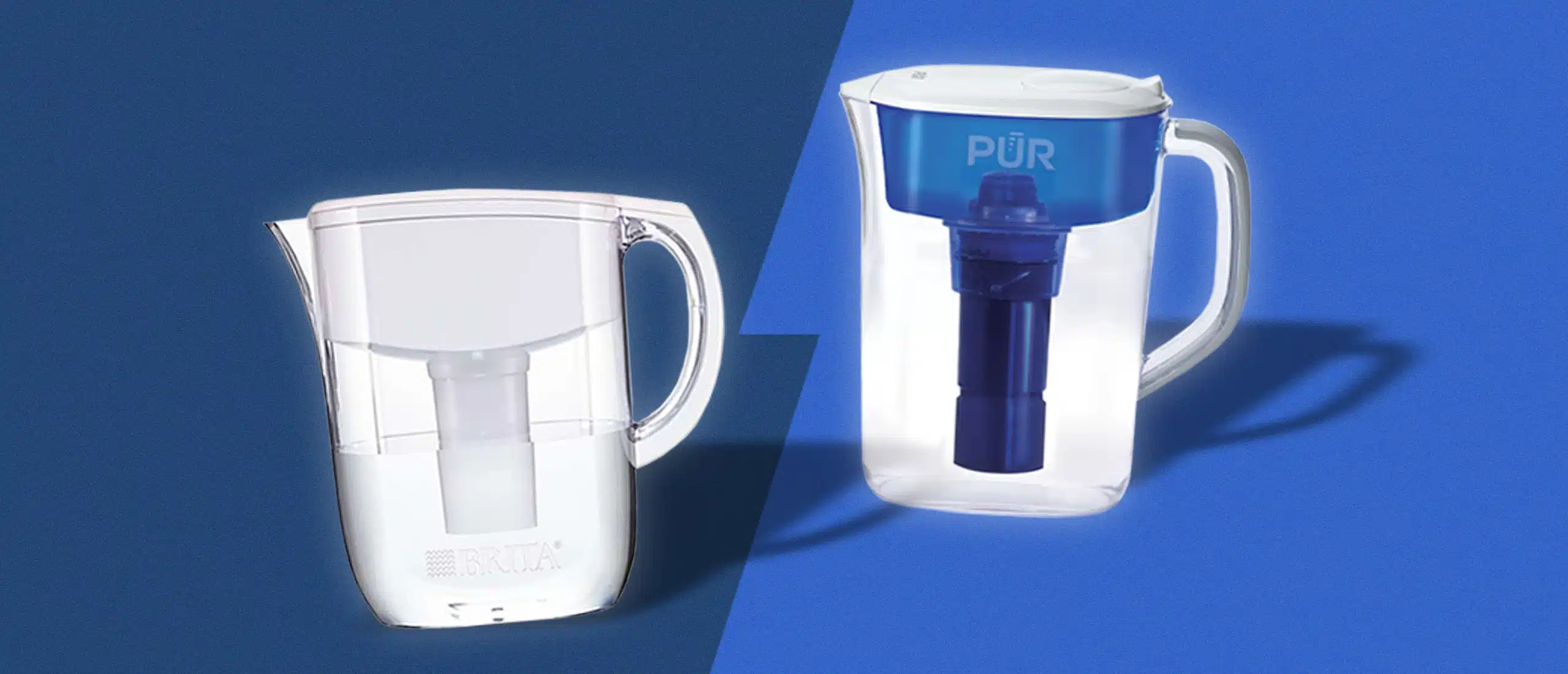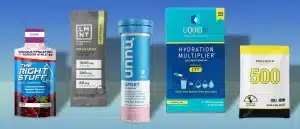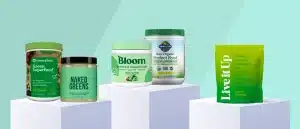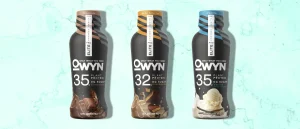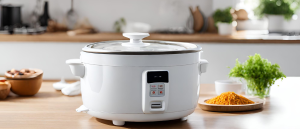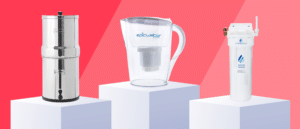If you’re like me, you grew up drinking water from the tap. Filtered water was second fiddle until you realized all those impurities and contaminants clouding your glass. With companies like PUR and Brita, even if your town’s tap is clean, those unwanted minerals, heavy metals, or bacteria no longer stand a chance.
I put these two filtered giants to the test on four key criteria: filter quality and effectiveness, taste, pitcher quality, and price.

PUR Vs. Brita
Overall Filter Quality and Effectiveness
In the first test, I timed how fast each pitcher could filter 10 ounces of water. The PUR pitcher filtered the water in 33 seconds while it took Brita about 39 seconds. I attribute a fair amount of this to the fact PUR, the quicker filter in this test, has 16 smaller holes at the bottom of its filter, where Brita only has 4 larger holes.
You would think four larger holes would allow a steady stream of water into the actual pitcher. I was surprised to find PUR’s smaller, nailhead-sized holes worked more efficiently filtering the water.
In fairness, though, the difference is only 6 seconds.
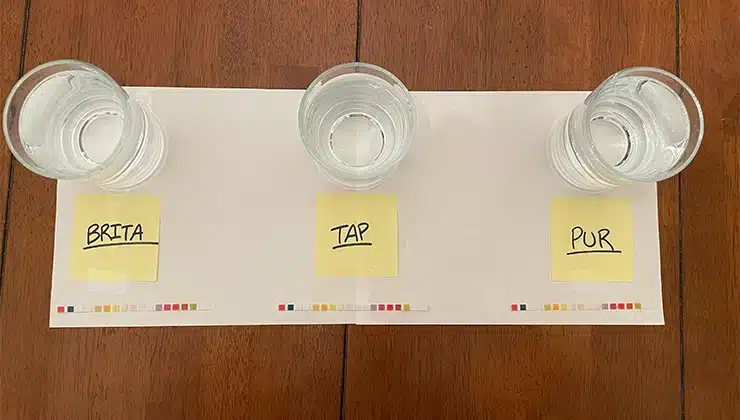
Reduced Contaminants
To really see what PUR and Brita could do, I tested their cleanliness using Varify test strips. These strips test based on 17 parameters:
- Lead
- Fluoride
- Sodium Chloride
- Total Chlorine
- Total Alkalinity
- Hardness
- Zinc
- Mercury
- Iron
- Copper
- Nitrite
- Nitrate
- pH
- Sulfate
- Hydrogen Sulfide
- Manganese
- Coliform/ E. coli Bacteria
I tested the tap water, as well as PUR- and Brita-filtered water, and all three were well in those ranges (and actually almost identical). Given my town guidelines for clean tap water, this wasn’t surprising.
Your tap water must meet federal and local standards set by The Safe Water Drinking Act. Passed in 1974, this sets guidelines for safe drinking water and monitors state and local authorities who enforce those standards.
The United States generally has clean tap water, yet some places have genuine problems with clean tap water that stem from a number of issues, including lead and copper from corroding water pipes and nitrates from farming fertilizer and manure.
Fortunate enough to have a clean tap, I took this test one step further: pond water. I drove to a local pond and filled up two plastic water bottles and, after watching each pitcher work in overdrive to filter out the dirty pond water, I was surprised to find each test strip showed the same result. However, PUR impressed me with a clean glass of water and had no problem filtering through the dirt.
Brita had a tough time and there was a filter back-up that stopped the water from actually filling into the main pitcher. Even though the contaminant test showed the same results—which is a good thing—PUR’s ability to effortlessly filter the pond water made my decision clear.
Winner: PUR
Hydration
Overall Taste
No, I didn’t taste the pond water (even after it was filtered)—a combination of mossy twigs, rotten acorns, and live baby frogs acted as ample deterrence.
Based off of our tap water test, I got a sense of which tasted better overall. Tap water had that stale taste and a slight chlorine aftertaste—I don’t think it’s unreasonable to say that it simply tasted like tap water.
Brita-filtered water definitely tasted cleaner, had that mineral freshness, and lacked the grainy feeling. The Brita-filtered water didn’t have that crisp taste often associated with pure water, though, while PUR-filtered water did.
After that first sip of PUR it was instantly more substantial than Brita. It was crisp and refreshing, and as a new water connoisseur, I can say more of a full body H20 compared to its main competitor.
Winner: PUR
Pitcher Design
Based off the two pitchers I tested, this part of the test was a tough one. PUR and Brita each only have three parts—the pitcher, the pitcher holder, and the filter.
I focused on the handle and grip feel because nothing is worse than losing your grip on a full pitcher of water. PUR has a longer, thinner handle and the grip surface spans the entire length. As small a detail as this is, that means even your thumb gets some grip love when you pour.
Brita’s handle was wider but more curved, which actually felt better when pouring. The grip didn’t cover as much surface area, but given the overall feel, it’s a detail I could overlook.
This specific PUR pitcher was more sleek in design than Brita’s larger body, but both were durable and the filter holder fit snug in its proper place. The deciding factor for me was the fact Brita has a light-up filter feature on the lid that tells you the status of your filter and when to replace it.
The filter is the most important part of any filtered pitcher, and PUR and Brita have very different style filters. PUR looks like a baby artillery shell you see on the History Channel, while Brita reminds me of a flower before it blooms.
And design matters. PUR slides into the filter holder easily—you just drop it in. Putting the Brita filter in was like playing Tetris, as you have to line up the filter with the shape of the filter holder, but one line is longer than the others—it was a process.
PUR and Brita filters last up to two months on average and handle around 40 gallons of water each.
Winner: Brita
Price
PUR and Brita both have many pitcher options that vary in price and how many cups of water they hold. For this test, I used Brita’s Grand Water Pitcher ($39) and PUR’s 7-Cup Pitcher ($17).
The price of filters as replacements is comparable. A two-pack of standard Brita filters is $14 while two PUR filters are a buck more at $15.
Winner: PUR
PUR Vs. Brita Pros and Cons
Final Verdict: PUR wins
Scored on four key factors (filters, taste, quality, and price), PUR and Brita went through the filtered ringer. Both have great features that make them two giants in the filtered water space. Based off these tests, and of course fair play, PUR wins the majority of these categories and proves its worth as a top pitcher to give you the cleanest water and most bang for your buck.
FAQ
Are the filters interchangeable between PUR and Brita products?
The filters are not interchangeable between PUR and Brita. Brita’s filter holder requires you to line up the grooves at the bottom of the filter to slide it in. PUR filters don’t have this feature to fit with Brita, and Brita’s filters would not fit the space designed for PUR’s filter holder.
Can you run hot water through PUR and Brita filters?
Only cold water should be used when rinsing the filter before use and when filling up your water pitcher.
Do I have to soak the filters before use?
For Brita’s standard filter and PUR’s basic filter, you do not have to soak. All you have to do is rinse with cold water for 15 seconds.



